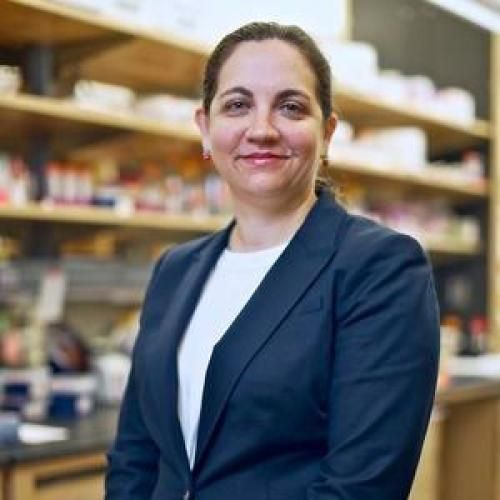
Protective astrogenesis from the SVZ niche after injury is controlled by Notch modulator Thbs4.
Postnatal/adult neural stem cells (NSCs) within the rodent subventricular zone (SVZ; also called subependymal zone) generate doublecortin (Dcx)(+) neuroblasts that migrate and integrate into olfactory bulb circuitry. Continuous production of neuroblasts is controlled by the SVZ microenvironmental niche. It is generally thought that enhancing the neurogenic activities of endogenous NSCs may provide needed therapeutic options for disease states and after brain injury. However, SVZ NSCs can also differentiate into astrocytes. It remains unclear whether there are conditions that favour astrogenesis over neurogenesis in the SVZ niche, and whether astrocytes produced there have different properties compared with astrocytes produced elsewhere in the brain. Here we show in mice that SVZ-generated astrocytes express high levels of thrombospondin 4 (Thbs4), a secreted homopentameric glycoprotein, in contrast to cortical astrocytes, which express low levels of Thbs4. We found that localized photothrombotic/ischaemic cortical injury initiates a marked increase in Thbs4(hi) astrocyte production from the postnatal SVZ niche. Tamoxifen-inducible nestin-creER(tm)4 lineage tracing demonstrated that it is these SVZ-generated Thbs4(hi) astrocytes, and not Dcx(+) neuroblasts, that home-in on the injured cortex. This robust post-injury astrogenic response required SVZ Notch activation modulated by Thbs4 via direct Notch1 receptor binding and endocytosis to activate downstream signals, including increased Nfia transcription factor expression important for glia production. Consequently, Thbs4 homozygous knockout mice (Thbs4(KO/KO)) showed severe defects in cortical-injury-induced SVZ astrogenesis, instead producing cells expressing Dcx migrating from SVZ to the injury sites. These alterations in cellular responses resulted in abnormal glial scar formation after injury, and significantly increased microvascular haemorrhage into the brain parenchyma of Thbs4(KO/KO) mice. Taken together, these findings have important implications for post-injury applications of endogenous and transplanted NSCs in the therapeutic setting, as well as disease states where Thbs family members have important roles.
Duke Scholars
Altmetric Attention Stats
Dimensions Citation Stats
Published In
DOI
EISSN
Publication Date
Volume
Issue
Start / End Page
Location
Related Subject Headings
- Thrombospondins
- Signal Transduction
- Receptor, Notch1
- Neuroglia
- Neural Stem Cells
- NFI Transcription Factors
- Mice, Knockout
- Mice
- General Science & Technology
- Endocytosis
Citation

Published In
DOI
EISSN
Publication Date
Volume
Issue
Start / End Page
Location
Related Subject Headings
- Thrombospondins
- Signal Transduction
- Receptor, Notch1
- Neuroglia
- Neural Stem Cells
- NFI Transcription Factors
- Mice, Knockout
- Mice
- General Science & Technology
- Endocytosis



